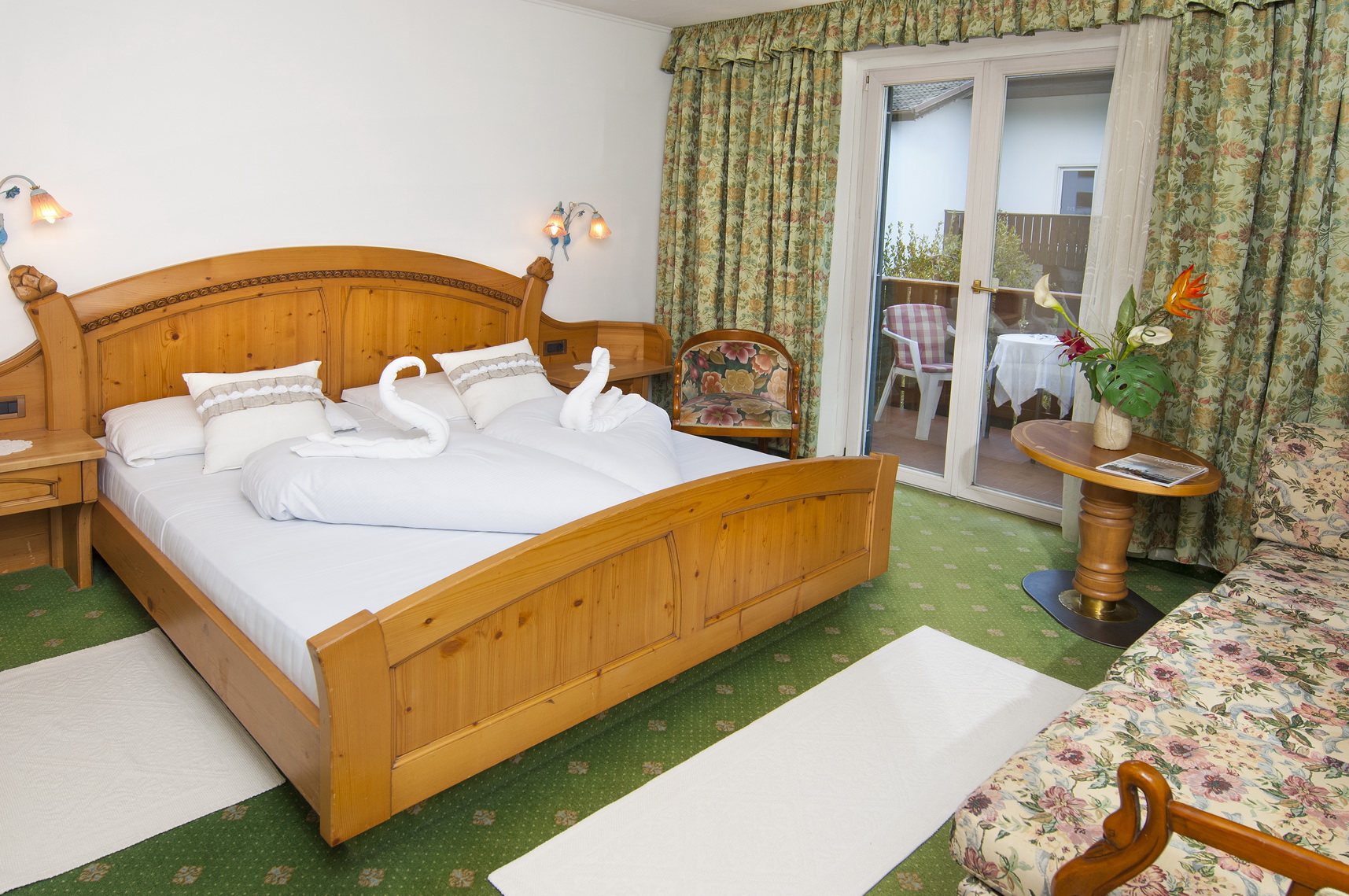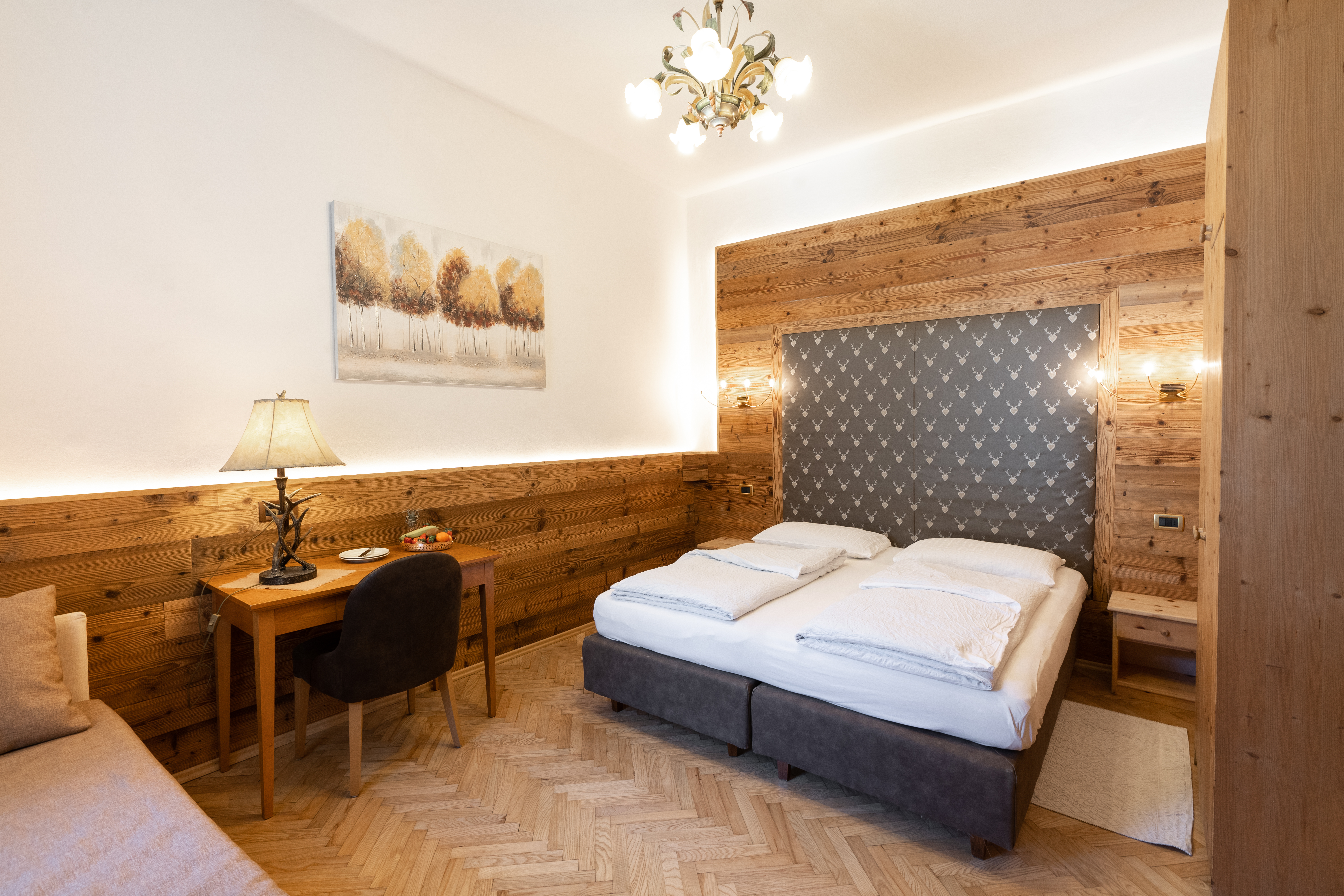Navigation ” data-text-active=”On This Page Navigation ” data-controls=”71E0C880-B461-3017-73407CB9DA811EA1-inpage-nav-links” data-class=”InPageNav-toggle” data-hide-header=”false” data-tracking=” > On This Page Navigation
Addition
Have been new “mill ladies”? The expression “mill women” is from time to time found in antebellum click and you will publications to explain the fresh young Yankee girls, basically 15 – thirty years old, which did throughout the large cotton industrial facilities. These people were often referred to as “female operatives.” Girls fabric professionals have a tendency to revealed on their own once the factory female, when you find yourself affirming this new advantage of its group in addition to dignity regarding the work. During very early labor protests, it said that these people were “the latest dpled abreast of with impunity.”
Inspite of the difficulty from factory works, female remained an important part of the fresh new textile associates for the majority of ages. Regarding late nineteenth century, females held almost several-thirds of all of the textile work in Lowell, with several immigrant people joining Yankee factory people about textile community
Choices and you will Change
Discover professionals for their mills in early Lowell, this new fabric agencies recruited people from The newest England facilities and you will communities. Such “girl of Yankee growers” had pair financial solutions, and several was indeed enticed because of the possibility of month-to-month cash wages and you will room and you can board when you look at the a soft boardinghouse. Beginning in 1823, to the opening regarding Lowell’s first warehouse, many women transferred to this new increasing urban area.
On mills, ladies workers experienced extended hours regarding toil and sometimes grueling working requirements. Yet , of several ladies fabric professionals saved money and you can attained a measure out-of financial independence. In addition, this new city’s shops and you can religious establishments, having its informative and you can recreational use, provided a captivating public life that every female of short communities got never knowledgeable.
Making House
All of the women who found Lowell was indeed of farms and you will short towns. Some had labored when you look at the short fabric mills. Anyone else got produced cotton otherwise woolen merchandise otherwise footwear for merchants who functioning folks in their property and you can paid back him or her from the bits they put.
To the of numerous facilities the daddy was the proprietor and you will lead regarding house. Family members shared each and every day and seasonal tasks. Also demanding tasks outdoors, parents and you may daughters toiled at home, cooking, clean up, and you will and come up with dresses. So it hardscrabble life turned-out even more problematic for young women, by the early 1800s a growing number of Yankee farm family faced major monetary difficulties. For almost all young, rural ladies, the decision to leave home to possess a region such Lowell are have a tendency to created of necessity.
A new way to call home and Work
For almost all young women, Lowell’s societal and you may financial options existed in constraints imposed by the newest effective fabric agencies. Most noticable is actually this new manage companies exerted over the life from their staff. This new people who went the newest corporations and you may treated the mills looked for to manage the fresh new ethical run and you can public choices of their associates. In factory, overseers was guilty of maintaining performs abuse and you can fulfilling development dates. On the boardinghouses, the brand new owners implemented curfews and you may tight codes out of carry out. Men and women workers was indeed expected to observe the Sabbath, and you can temperance is actually highly encouraged.
This new clanging warehouse bell summoned operatives both to and from the brand new mill, usually reminding them you to definitely their weeks was in fact prepared as much as performs. Really fabric specialists toiled to possess 12 to 14 occasions a day and you will half of twenty four hours into Saturdays; the new mills was finalized on Vacations. Normally, factory females have been useful for nine so you can 10 days of one’s year, and several left this new factories throughout the area of the june in order to check out back.
Existence in an excellent Boardinghouse
The majority of mill women into the Lowell lived-in boardinghouses. This type of highest, corporation-possessed structures was will manage because of the a lady keeper, or a couple. An everyday boardinghouse contained 7 units, that have 20 to 40 females living in for each and every tool.
For most women, life on boardinghouse is actually substantially unlike lifestyle for the farm. Always they shared an area which have three almost every other lady, sleep several to help you a sleep. A fireplace inside for each room considering love on cooler seasons. The latest keeper waiting around three products 1 day, and also the female dined together in the a familiar area. Ladies designed many new relationships along with other females boarders. New bonds created through each and every day public intercourse helped new gurus to switch on the need off factory life. And into the strife off labor protests, boardinghouses have a tendency to turned relaxed centers out-of tossing interest.
Voices off Protest
An excellent weaver stands in the a loom with the a manufacturer flooring Lowell’s fabric companies reduced large wages than others in other textile towns, but works are demanding and you can conditions were appear to below average. Even though the city’s businesses endangered labor reformers with capturing or blacklisting, many mill females protested wage slices and dealing requirements. Ladies pros hit double on the 1830s. About 1840s, women work reformers banded together with her to market brand new ten-hour big date, facing good business opposition. Couples impacts been successful, but not, and Lowell’s workforce remained largely unorganized.
Causing the problems away from organizing Lowell’s operatives was the modifying cultural constitution of associates. How many Irish working in Lowell’s mills flower drastically in the the new 1840s, because the Irish group fled their faminestricken belongings. A large number of immigrants out-of a great many other countries compensated inside Lowell for the the new ages pursuing the Civil Combat, but really females remained a primary the main Lowell’s textile workforce. During the higher effects contrary to the textile firms during the 1903 and you will 1912, female professionals starred well-known positions.
One Mill Women’s Facts: Sarah Bagley
One of Lowell’s very early top labor reformers is a mill woman called Sarah Bagley. Created for the another Hampshire farm for the 1806, Bagley found its way to Lowell into the 1836 and you can spent some time working in the a variety from mills. She turned a strong presenter on behalf of male and female workers, promoted the brand new ten-hr workday, and modified the new labor magazine The Voice from Business.
From inside the a letter so you’re able to a pal inside the 1846, Bagley promoted the brand new labor change publication Facility Tracts due to the fact symbolizing the fresh appeal ones “who are not willing to see the gender changed to life style machines accomplish the newest putting in a bid of the included Brisbane Australia local hookup aristocrats and smaller to help you an amount due to their bodily functions barely sufficient to remain soul and the entire body along with her.” As the battles out-of Bagley and other mill girls to reach guidelines to own good 10-time go out were unsuccessful, Lowell’s fabric organizations performed slow down the work-day in order to eleven hours.

















